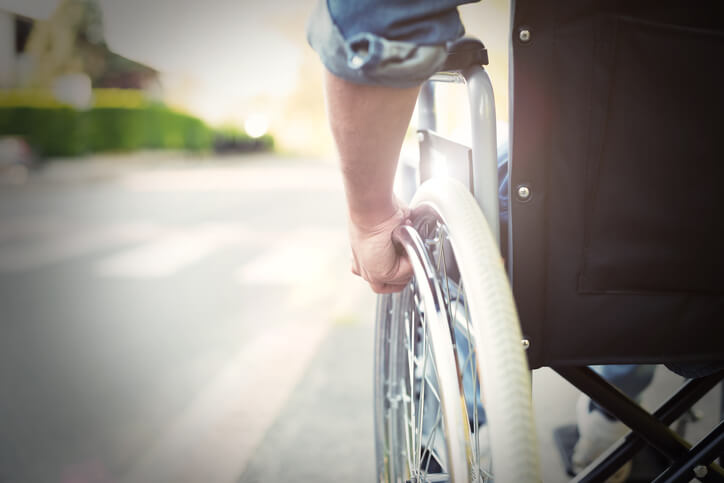
More than 17,000 people suffer spinal cord injuries each year, and an estimated 249,000-363,000 Americans are living with spinal cord injuries. A few generations ago, a spinal cord injury was often a death sentence, and almost always meant a much shorter life. Thanks to better medical care and greater awareness, most spinal cord injury sufferers survive, and many go on to live long and healthy lives. Despite these improvements, respiratory issues are common in SCI survivors. Pneumonia is a leading cause of death in this group, often due to complications of respiratory infections and poorly managed airway obstructions. First responders and other providers must be prepared to rapidly respond to airway issues in SCI patients, whether treating the immediate aftermath of a spinal cord injury or providing care to long-term SCI survivors.
1. Tracheal Trauma
Tracheal trauma in the immediate aftermath of a spinal cord injury, such as from a gunshot wound, is life-threatening. First responders must manage the airway, keeping it as clear as possible without damaging a spinal cord that may already be inflamed. First responders must immobilize the spinal cord to prevent further damage and must be aware that the higher on the spinal cord an injury is, the more likely it is that a patient will suffer an airway obstruction.
2. Pneumonia
SCI significantly elevates the risk of pneumonia because spinal cord injury patients have limited mobility and are often totally immobile for months or weeks at a time. This allows fluid to accumulate in the airway and the lungs. Minor infections such as the common cold can quickly turn life-threatening if a person with a SCI cannot clear their own airway. In the weeks following a spinal cord injury, a person’s immune system is weaker, further increasing the risk that minor infections will turn into pneumonia.
3. Aspiration
SCI-related neurological changes make breathing and swallowing difficult, increasing the risk of aspiration. In the immediate aftermath of a spinal cord injury, aspiration can also occur if a patient bleeds into their airway following a traumatic injury. Continuous suction using the SALAD technique with the assistance of the SSCOR SDC Catheter™ (Formerly the SSCOR DuCanto Catheter®) can reduce the volume of contaminants a patient inhales. Once the initial crisis is managed with diligent suction, the risk of infection is much higher among SCI patients because they are less able to clear their airway and may remain immobile, increasing lung congestion.
4. Excess Secretions
People with spinal cord injuries may struggle to clear airway secretions, either because of neurological issues or because they are on ventilators. Regular suctioning may be necessary to prevent aspiration, hypoxia, pneumonia, and other serious complications. When an SCI patient has a barking or rattling cough an SCI patient indicates that they are unable to clear the airway, or has low oxygen saturation, suctioning is necessary. As with any other patient, preoxygenate the patient before suctioning to prevent hypoxia.
5. Apnea and Other Forms of Disrupted Breathing
Apnea, especially sleep apnea, is common in SCI patients, whose brains may be less adept at sending and processing signals to breathe. Sleep apnea in people with SCI can lead to accumulation of fluid in the airway, potentially triggering pneumonia and other infections. CPAP machines can help people with SCI regulate their breathing. However, when CPAP fails or a spinal cord injury survivor delays treatment, a first responder may need to use suction to clear the airway.
The right airway management equipment can be life-saving when seconds count. Portable suction machines allow you to tend to the patient wherever they are, without undertaking the risk of moving a spinal cord injury survivor. For help selecting the right portable unit for your agency, download our free guide, The Ultimate Guide to Purchasing a Portable Emergency Suction Device.















